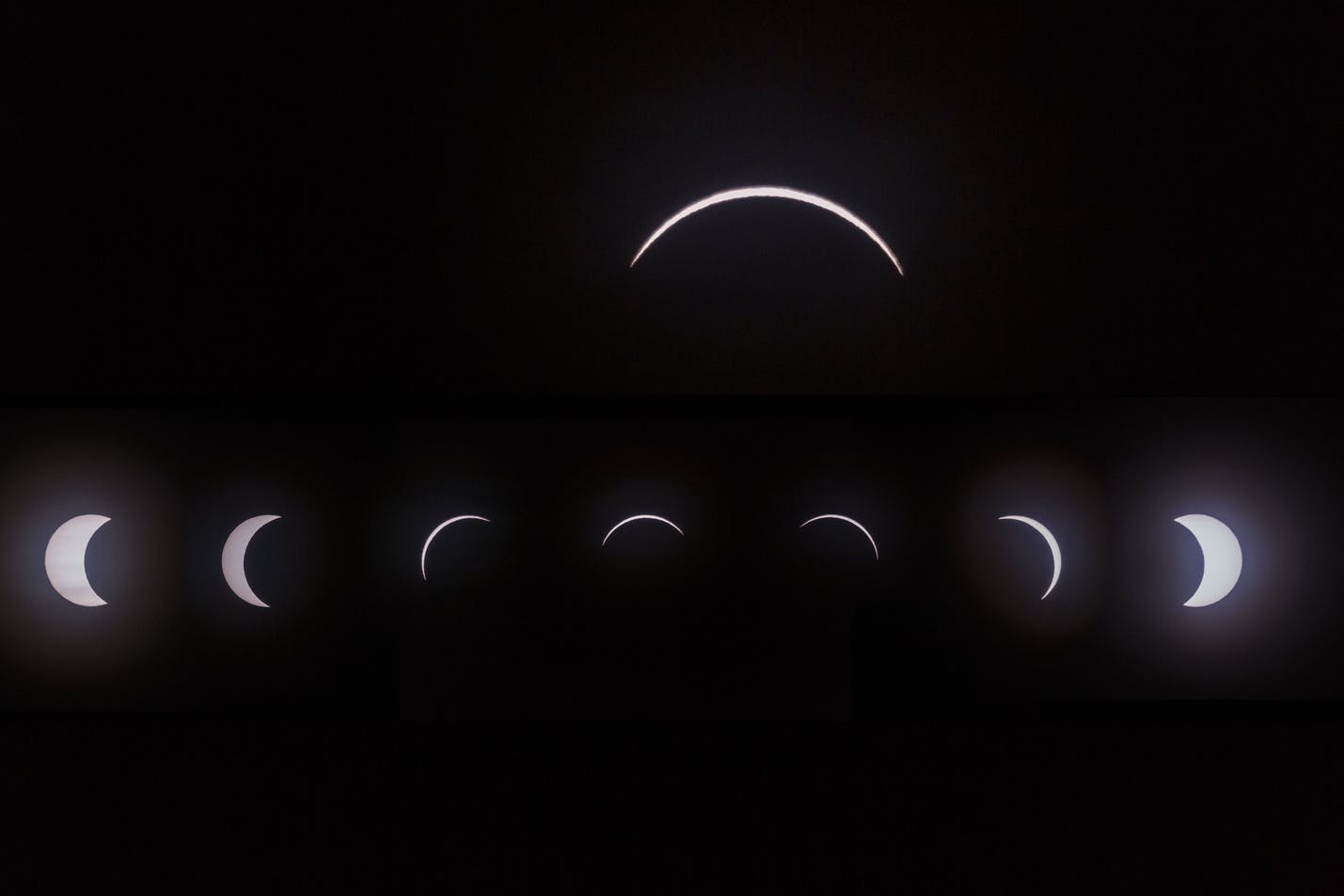
Solar Eclipse 2026 in Iceland
On August 12, 2026, a rare and spectacular event will occur—a total solar eclipse, where the moon fully covers the sun. Casting a shadow on Earth, the eclipse will be visible from several regions, but one of the best places to experience this unique event is Iceland. With its stunning landscapes, Iceland is the perfect destination for witnessing the solar eclipse in 2026. This guide will explore the best viewing spots (including Perlan), key times, safety tips, and travel advice to help you plan your trip for this once-in-a-lifetime event.
Why Iceland is the Best Place to See the Solar Eclipse 2026
Iceland is uniquely positioned for the 2026 solar eclipse, with most of the westernmost part of the country falling within the narrow path of totality. This means the moon will completely block out the sun in these regions, creating a dramatic and awe-inspiring sight. While the eclipse will be visible from several other countries, including parts of Greenland, Spain, and a small part of Portugal, Iceland offers a distinct advantage: its remote landscapes ensure unobstructed views of the sky.
Iceland’s Unique Natural Beauty
In addition to its advantageous position for viewing the eclipse, Iceland’s breathtaking natural beauty makes the experience even more magical. Imagine standing on a volcanic plain, gazing up at the darkening sky as the moon passes in front of the sun, casting a twilight over the rugged terrain. The contrast between the land’s dramatic features—volcanoes, glaciers, and waterfalls—and the eerie darkness of the eclipse is bound to be unforgettable.
Whether you’re perched on a hill with panoramic views of the landscape or near the coastline with the sea stretching before you, Iceland’s natural wonders offer an extraordinary backdrop for the eclipse. For many, the chance to witness a solar eclipse in such a remarkable setting is reason enough to visit.

Comparisons with Other Locations
While several countries will have a good view of the eclipse, Iceland stands out for the duration of totality, clocking around two minutes in multiple easily accessible locations. The eclipse will be visible in the early afternoon in Iceland, when the sun is still relatively high in the sky, compared to Spain or Portugal, where the sun will be lower on the horizon. This means you’ll likely have a more unobstructed and impressive view of the event in Iceland.
Exact Times and Locations for the Solar Eclipse 2026 in Iceland
For those travelling to Iceland to witness the solar eclipse, it’s essential to know the exact timing of the event. Below is a breakdown of the key times for various locations across Iceland. Remember, times may vary slightly depending on where you are in the country, so check local listings as the event approaches.
Reykjavík:
- Start of the eclipse: 16:47 (4:47 PM)
- Maximum eclipse: 17:48 (5:48 PM)
- End of the eclipse: 18:47 (6:47 PM)
Ísafjörður (Westfjords):
- Start of the eclipse: 16:43 (4:43 PM)
- Maximum eclipse: 17:44 (5:44 PM)
- End of the eclipse: 18:43 (6:43 PM)
Reykjanes Peninsula (Reykjanesbær):
- Start of the eclipse: 16:47 (4:47 PM)
- Maximum eclipse: 17:48 (5:48 PM)
- End of the eclipse: 18:47 (6:47 PM)
In the west of Iceland, totality will last for a little over two minutes, with the moon completely covering the sun during this period. The entire event, from start to finish, will last for around two hours.
Best Places to View the Solar Eclipse in Iceland
Choosing the right viewing spot can enhance your experience of the solar eclipse. Here are some of the top recommended locations:
Perlan
Perlan is one of the capital city’s most iconic buildings in Reykjavik, known for its striking glass dome perched atop Öskjuhlíð hill. You’ll get panoramic views of the surrounding landscape from the observation deck, making it an ideal spot to witness the eclipse. Perlan has become a favourite viewing platform for many natural events, and it’s a great place to combine the eclipse experience with Reykjavik’s modern amenities.
Reykjanes Peninsula
A short drive from Reykjavik, the Reykjanes Peninsula offers wide open spaces, geothermal landscapes, and rugged coastlines. The peninsula’s remote locations ensure fewer crowds, giving you a tranquil setting to watch the eclipse in peaceful solitude. It is important to check SafeTravel.is for information about the Sundhnúkagígar Volcano before heading out.
Ólafsvík in Snæfellsnes
Ólafsvík is a charming fishing town on the Snæfellsnes Peninsula in the West of Iceland. Its known for its rich maritime history, natural beauty and proximity to the Snæfellsjökull National Park, making it an excellent location for viewing the eclipse.
Ísafjörður
The Westfjords is renowned for its untouched wilderness and jaw-dropping fjords. Ísafjörður offers breathtaking views, giving you a pristine vantage point for the eclipse.

How to Prepare for the 2026 Solar Eclipse in Iceland
Planning your trip to Iceland for the solar eclipse involves more than just booking flights and accommodations. You’ll want to ensure you’re well-prepared for both the eclipse and Iceland’s unpredictable weather.
Solar Eclipse Glasses
To safely view the solar eclipse, you must wear special eclipse glasses that block out harmful UV rays. Regular sunglasses won’t offer enough protection, so make sure to either bring certified solar viewing glasses or buy them at solmyrkvagleraugu.is. We recommend also having filters for your cameras and telescopes.
Essential Gear
Iceland’s weather can be unpredictable, even in August, so pack for all conditions. Essential gear includes:
- Waterproof rain gear
- Warm layers, including thermal clothing
- Sturdy hiking boots
- Hat and gloves for cold weather
Photography Tips
For those planning to photograph the eclipse, make sure to bring a tripod and a solar filter for your camera lens. Set up your equipment well in advance, and practice shooting in low-light conditions to get the best results. It is known for being difficult to shoot a good photo of a solar eclipse, which is why most experts recommend enjoying the show while it lasts.

What to Expect After the 2026 Solar Eclipse in Iceland
After experiencing the awe of the solar eclipse, why not extend your stay in Iceland and explore the country’s many attractions? August is a perfect time to visit, with long daylight hours and pleasant weather. Reykjavik offers a wealth of activities, from cultural attractions to delicious cuisine. Check out this article on things to do in Reykjavik in August for more ideas.
Will Northern Lights Be Visible During the Eclipse?
It is unlikely they will be visible during the eclipse. However, if you’re staying in Iceland after the eclipse, you may catch the aurora borealis in the evening as summer transitions into fall.
Solar Eclipse FAQ
When is the solar eclipse in 2026?
On August 12, 2026.
Where will the 2026 solar eclipse be visible?
The total solar eclipse will be visible from parts of Greenland, Iceland, Spain, and Portugal.
Where in Iceland is the best place to see the solar eclipse?
Great viewing spots include Reykjavik’s Perlan, Reykjanes Peninsula, and Ólafsvík. Check here for the best places to see the northern lights in Iceland.
What time will the eclipse happen in Reykjavik?
The eclipse will start around 16:47 (4:47 PM) with totality at 17:48 (5:48 PM), and end by 18:47 (6:47 PM).
Can I photograph the eclipse with my phone?
Most likely not, for good photos, you will need professional camera equipment.
Popular articles

Things To Do In Reykjavík In January
Embrace the Icelandic winter with our January Reykjavik itinerary. Enjoy unique events, cultural hotspots, and scenic wonders in the heart of winter.
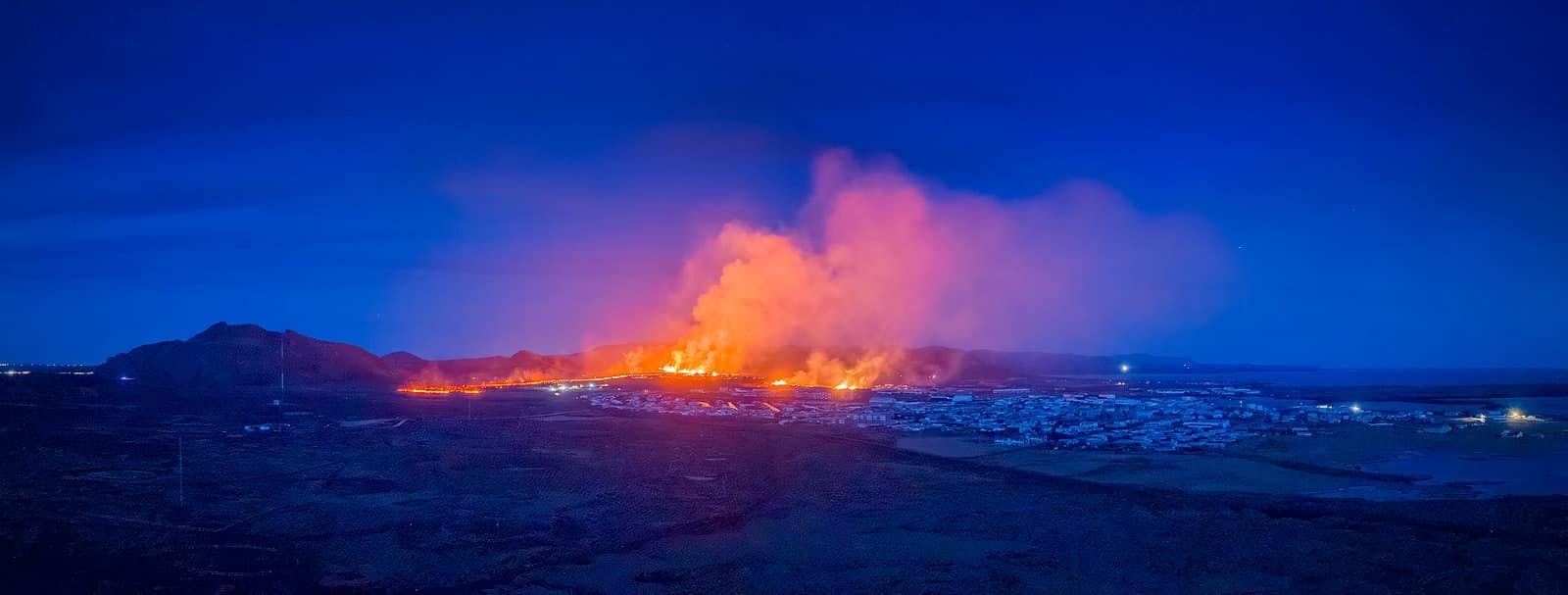
Updates on the Sundhnúkagígar Eruption in the Reykjanes Peninsula!
The current eruption in the Reykjanes Peninsula, is called Sundhnúkagígar Crater Row. See insights on the seismic activity and volcanic eruptions in the area!
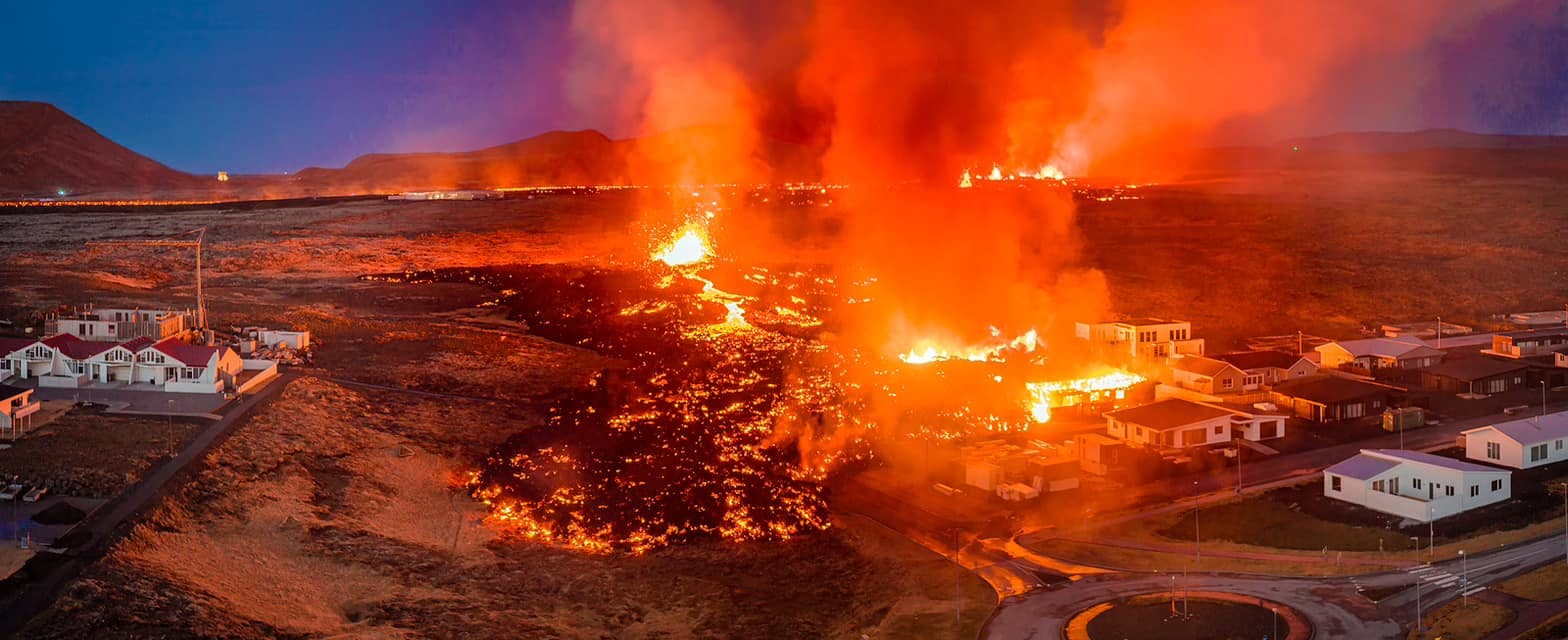
Active Volcanoes in Iceland 2024
Active volcanoes aren't the same thing as active eruptions. A volcano can be considered active even when it is not ejecting ash, rock, gases and magma, so which are active in Iceland in 2024?
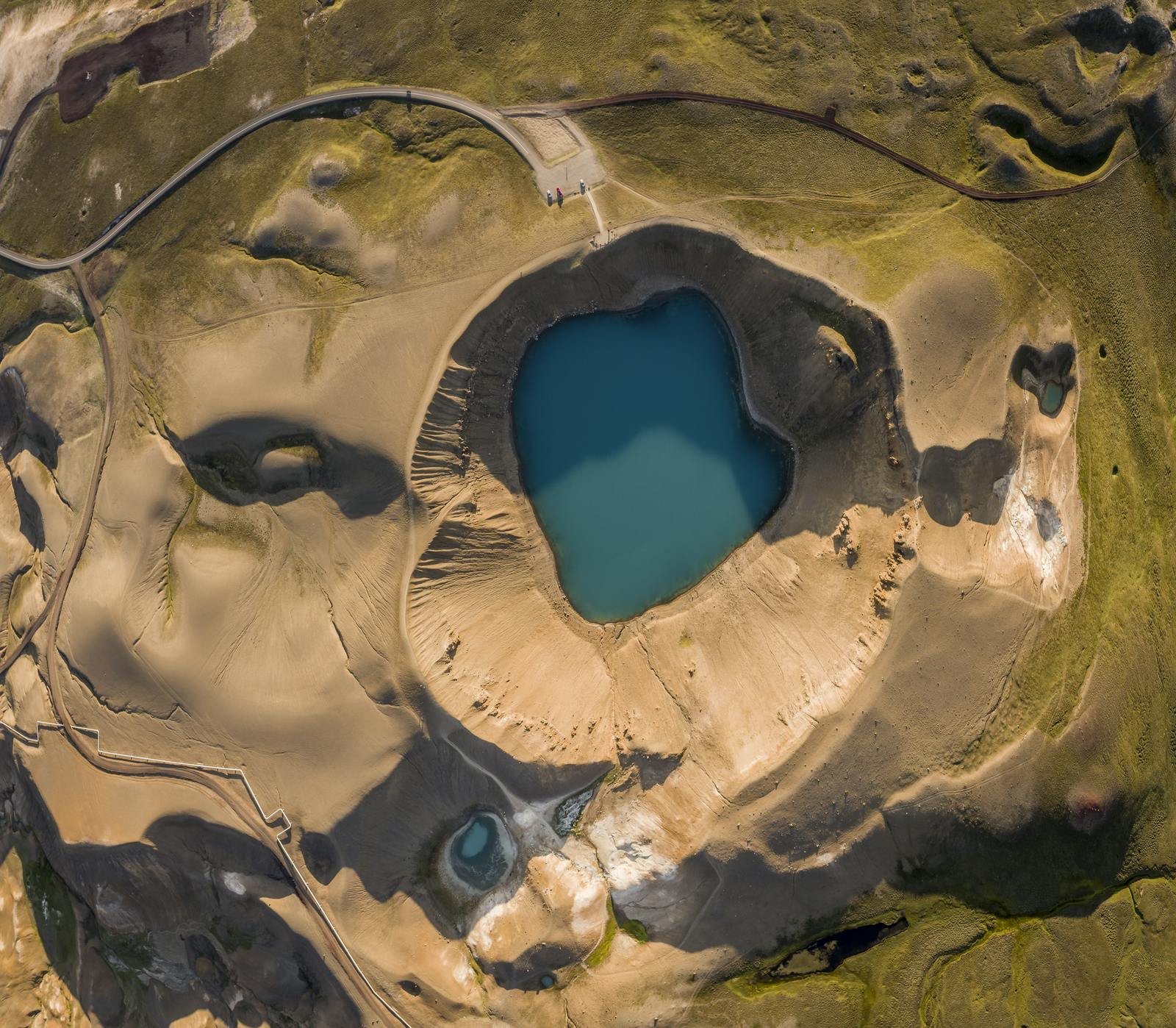
Earthquakes in Iceland
Earthquakes in Iceland are a fact of life. Each year, thousands of small tremors shake the earth, a reminder of the country’s position on a tectonic plate boundary.
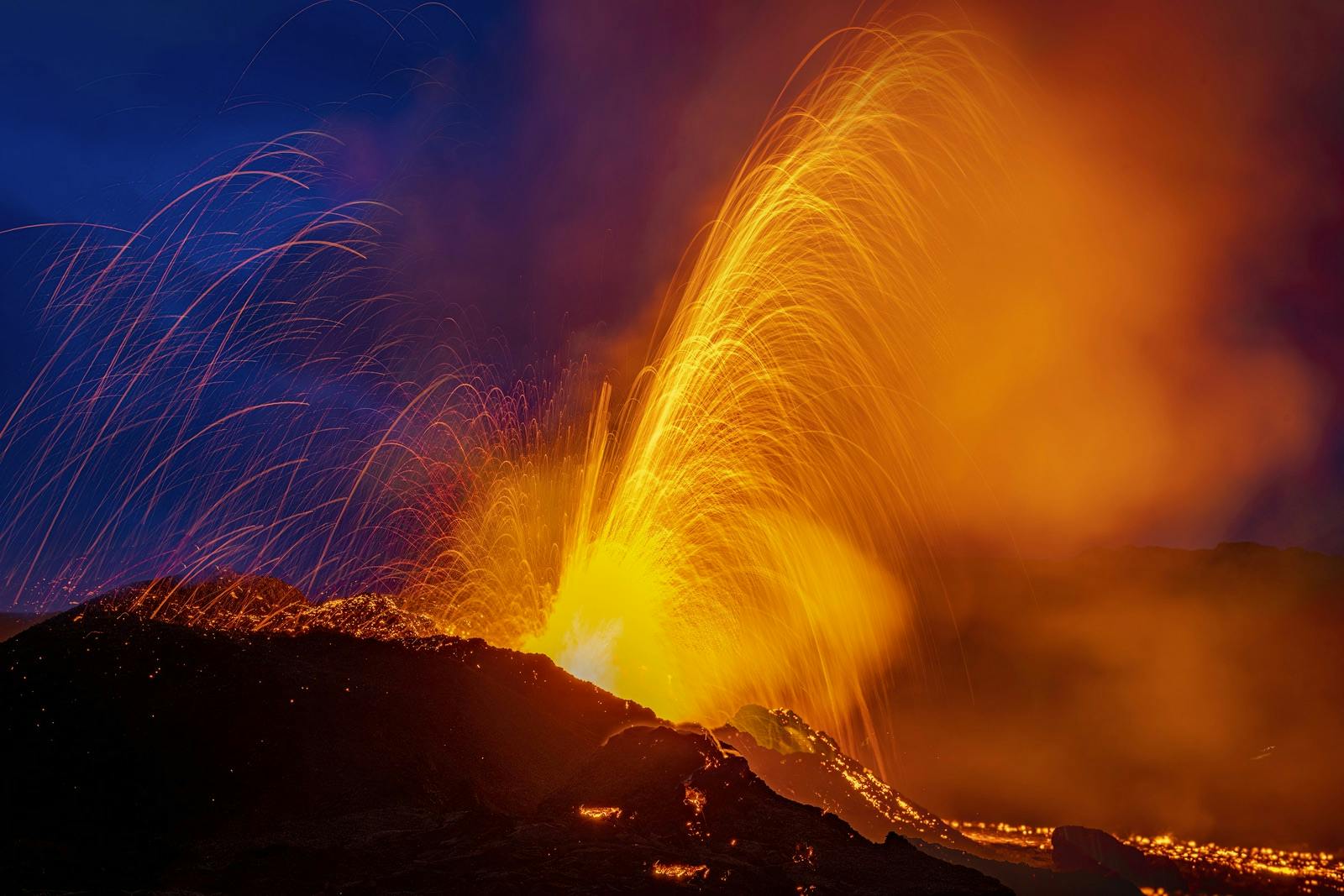
Volcano Museums and Exhibitions in Iceland
If you don't manage to visit an actively erupting volcano in Iceland - Experience its force at one of these excellent volcano museums and exhibitions in Iceland.
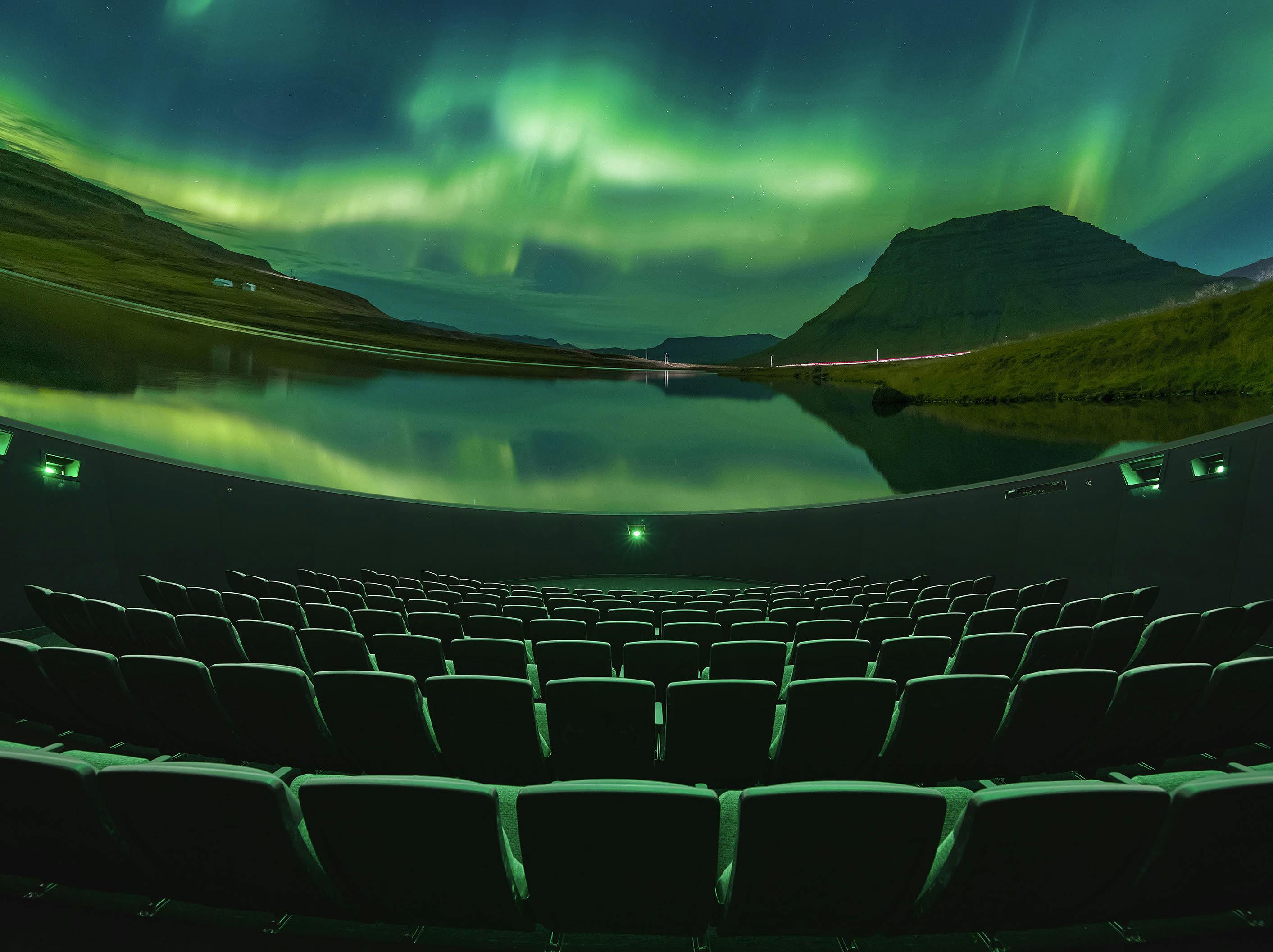
Top 10 Places To See the Northern Lights in Iceland
You can see the northern lights across the country, but some spots are more suitable than others. Find the best place to see the northern lights in Iceland.
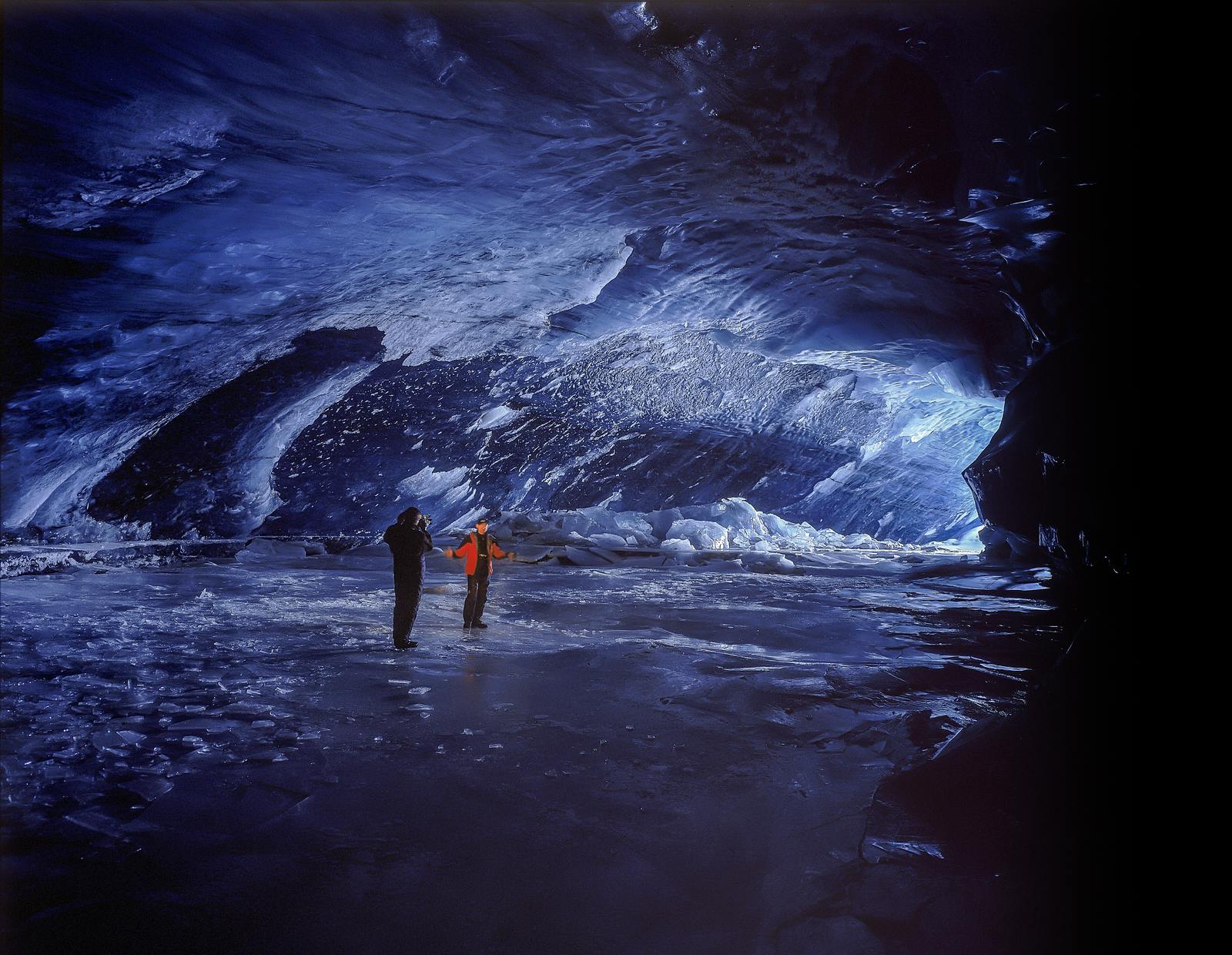
Ice Caves From Reykjavik
Travel beyond the capital for a closer look at an ice cave under one of Iceland’s glaciers. If you can’t spare the time, experience Perlan’s ice cave in Reykjavik.